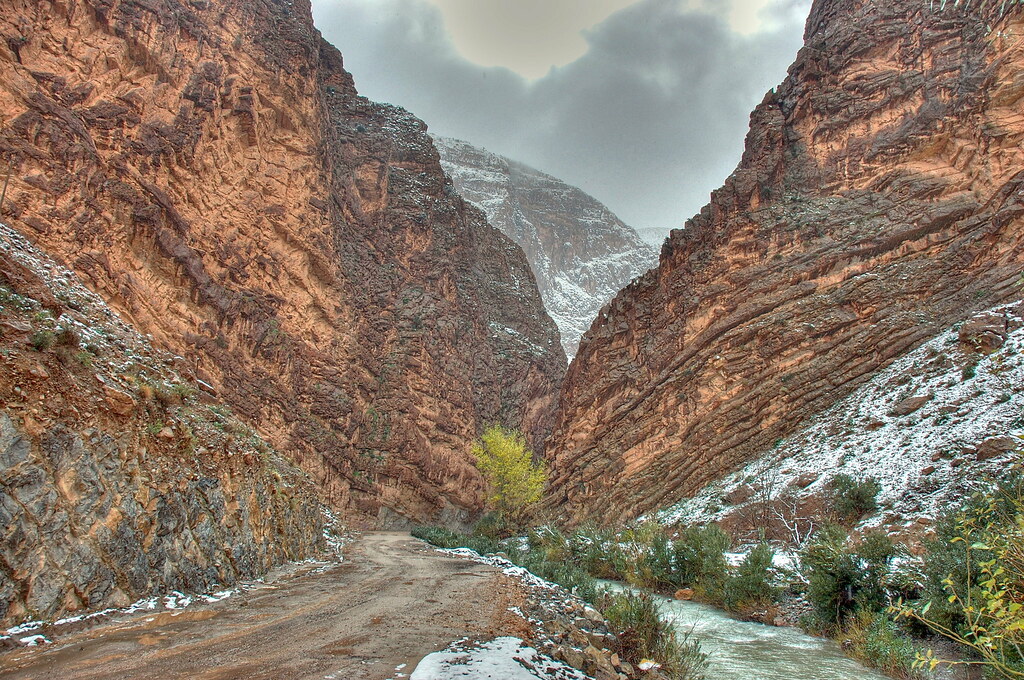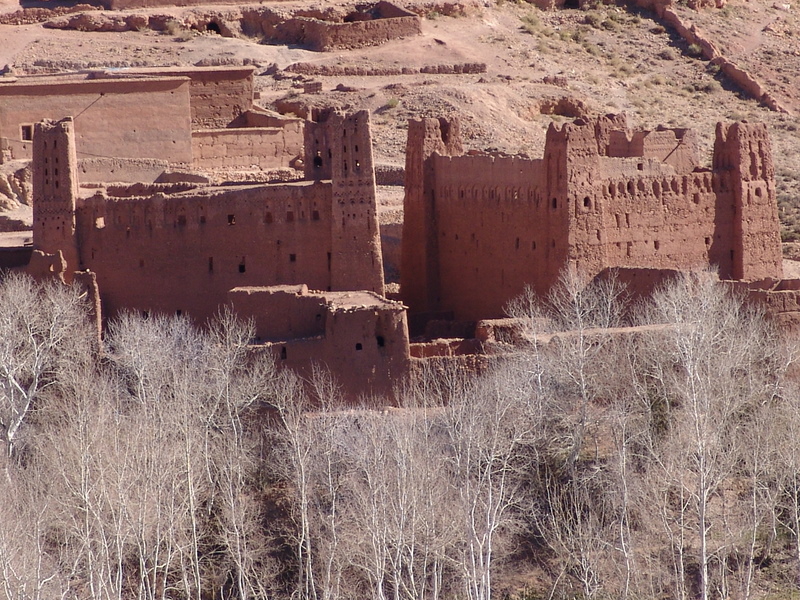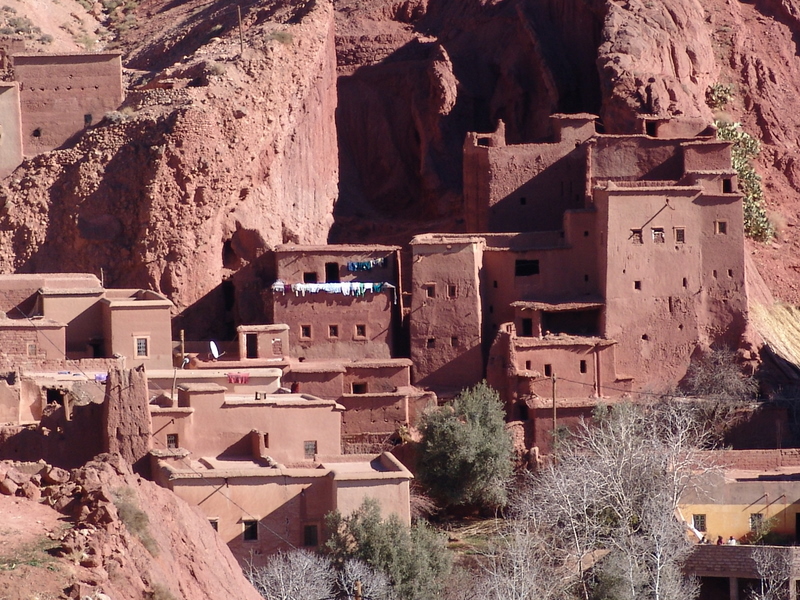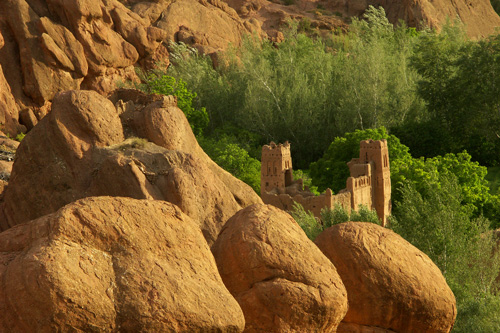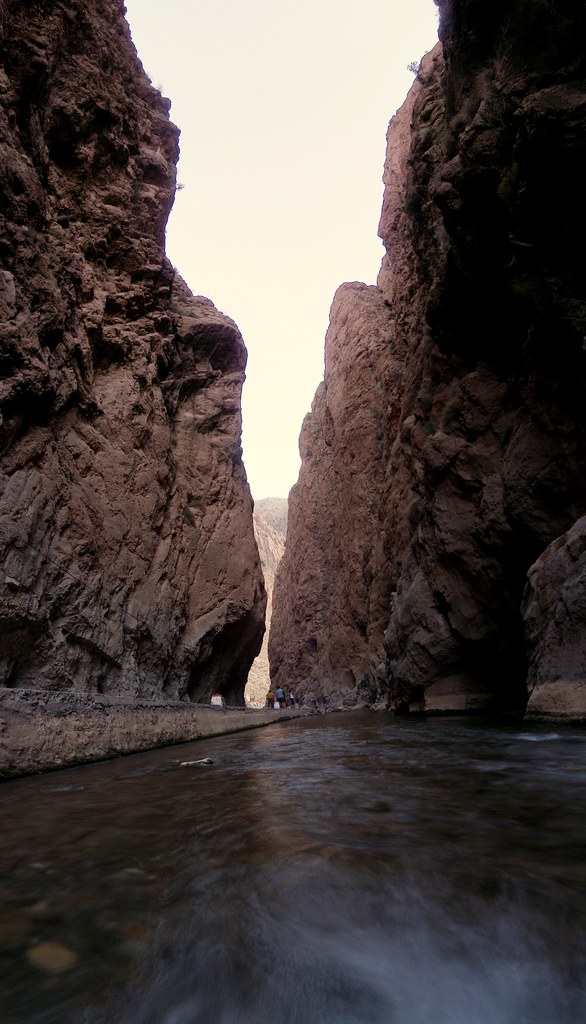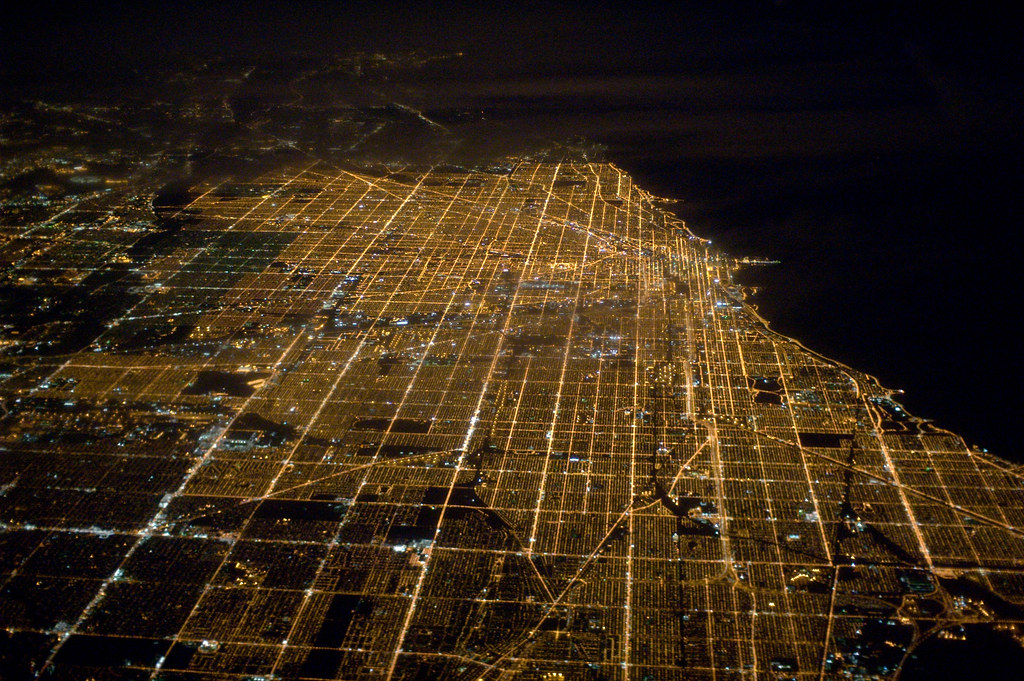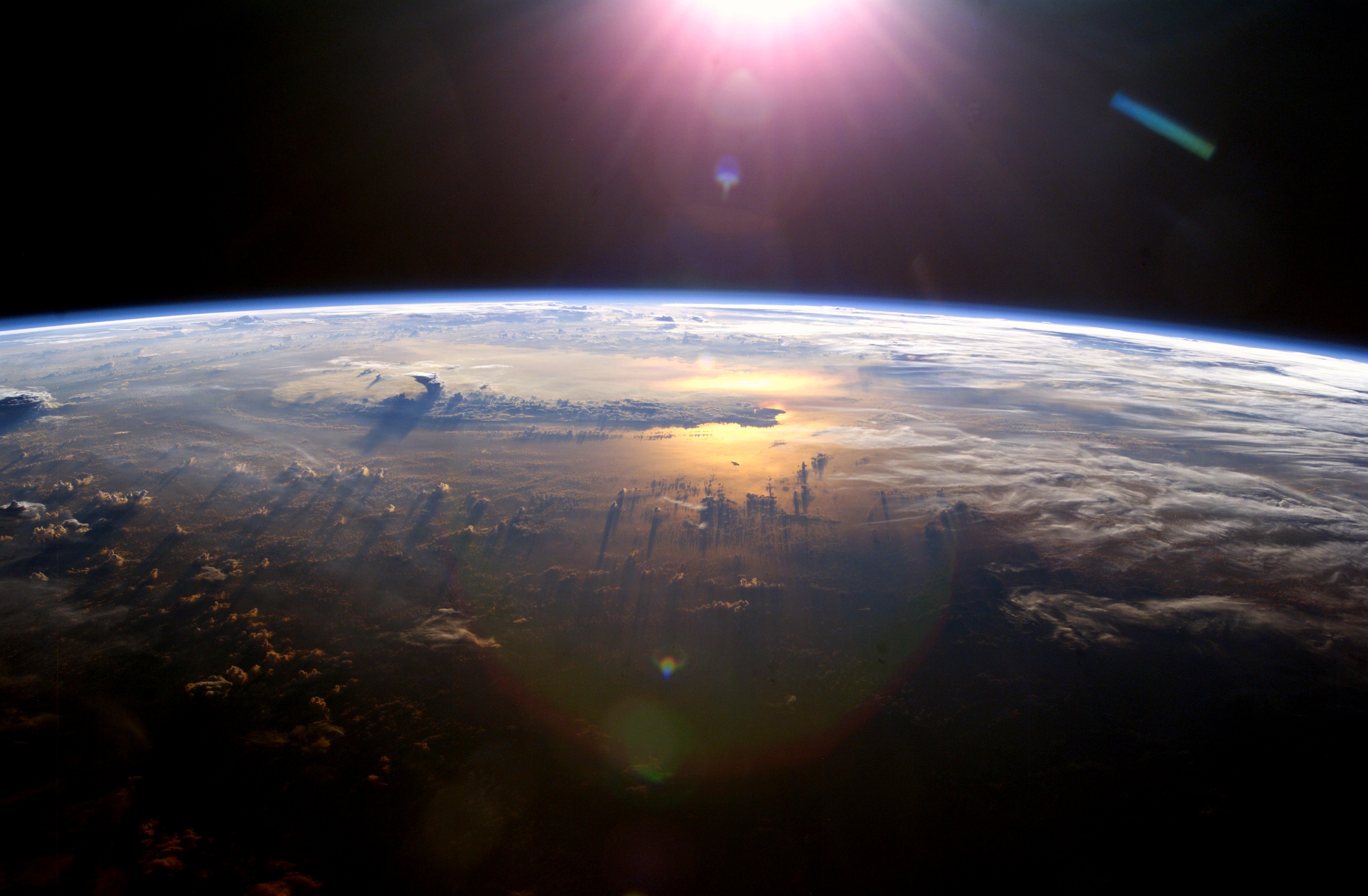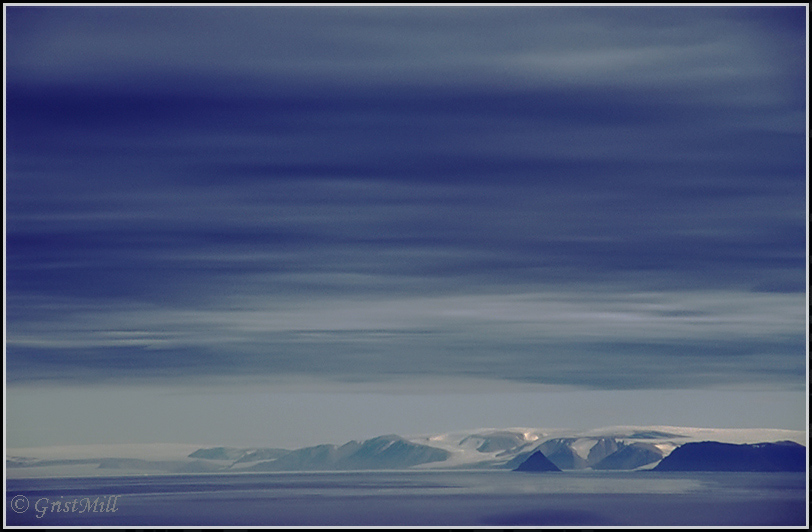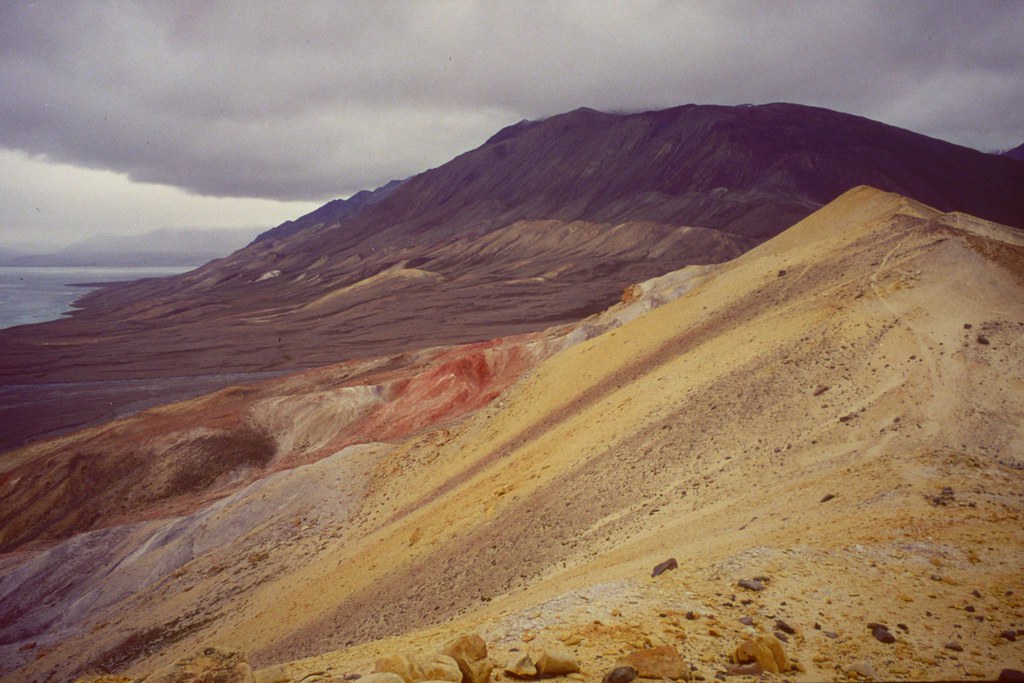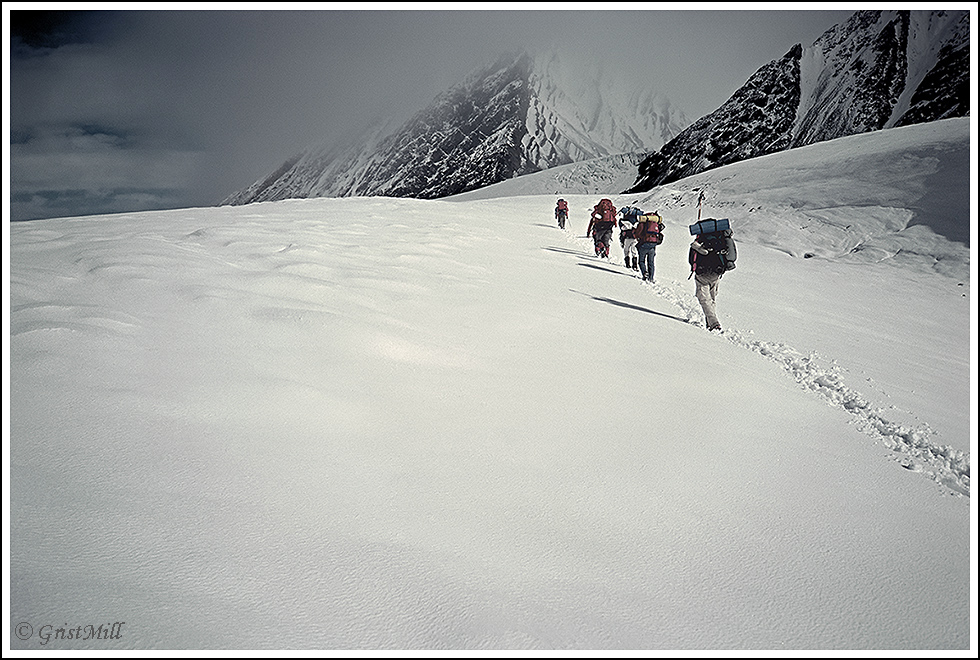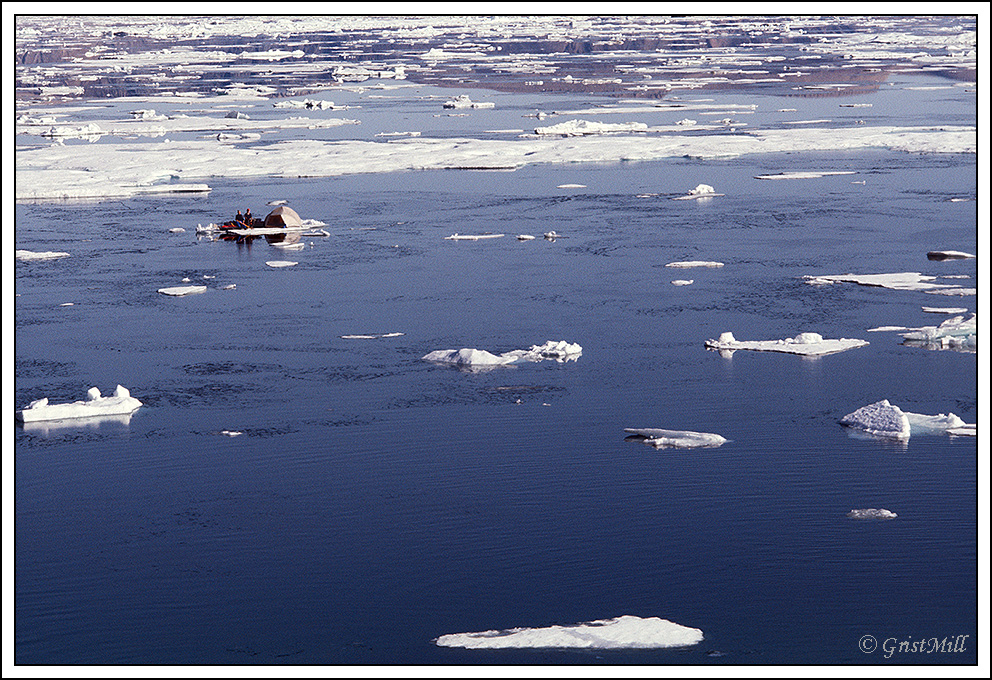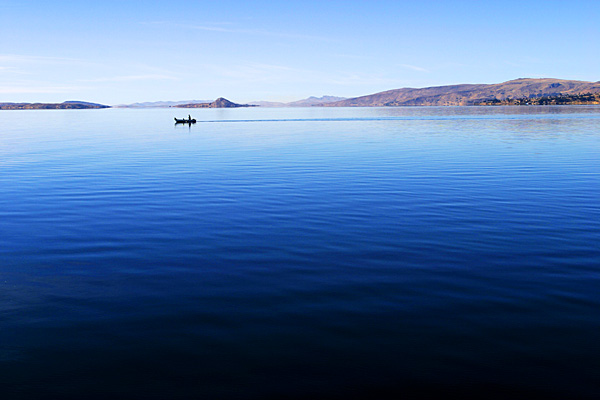 Lake Titicaca is a lake located on the border of Bolivia and Peru. It sits 3,812 m (12,507 ft) above sea level making it the highest commercially navigable lake in the world. By volume of water it is also the largest lake in South America.
Lake Titicaca is a lake located on the border of Bolivia and Peru. It sits 3,812 m (12,507 ft) above sea level making it the highest commercially navigable lake in the world. By volume of water it is also the largest lake in South America.
The lake is located at the northern end of the endorheic Altiplano basin high in the Andes on the border of Peru and Bolivia. The western part of the lake lies within the Puno Region of Peru, and the eastern side is located in the Bolivian La Paz Department.
The lake is composed of two nearly separate sub-basins that are connected by the Strait of Tiquina which is 800 m (2,620 ft) across at the narrowest point. The larger sub-basin, Lago Grande (also called Lago Chucuito) has a mean depth of 135 m (443 ft) and a maximum depth of 284 m (932 ft). The smaller sub-basin, Lago Huiñaimarca (also called Lago Pequeño) has a mean depth of 9 m (30 ft) and a maximum depth of 40 m (131 ft). The overall average depth of the lake is 107 m (351 ft).
Lake Titicaca is fed by rainfall and meltwater from glaciers on the sierras that abut the Altiplano. Five major river systems feed into Lake Titicaca—in order of their relative flow volumes these are: Ramis, Coata, Ilave, Huancané, and Suchez. More than 20 other smaller rivers empty into Titicaca, and the lake has 41 islands, some of which are densely populated.
Having only a single season of free circulation, the lake is monomictic and water passes through Lago Huiñaimarca and flows out the single outlet at the Rio Desaguadero, which then flows south through Bolivia to Lake Poopó. This only accounts for about 10% of the lake's water balance. Evapotranspiration, caused by strong winds and intense sunlight at altitude, balances the remaining 90% of the water input. It is nearly a closed lake.
The origin of the name Titicaca is unknown. It has been translated as "Rock Puma", allegedly because of its resemblance to the shape of a puma hunting a rabbit, combining words from the local languages Quechua and Aymara, and as well as translated as "Crag of Lead." Locally, the lake goes by several names. Because the southeast quarter of the lake is separate from the main body (connected only by the Strait of Tiquina), the Bolivians call it Lago Huiñaymarca (Quechua: Wiñay Marka) and the larger part Lago Chucuito. In Peru, these smaller and larger parts are referred to as Lago Pequeño and Lago Grande, respectively.
credited to wikipedia and flickr users: elisharenne, Jim Shannon, abmiller99, Phillie Casablanca, Diva wannabe2003, robduncan11, andy961, Sam Judson, stephenk1977, keatssycamore, toonsarah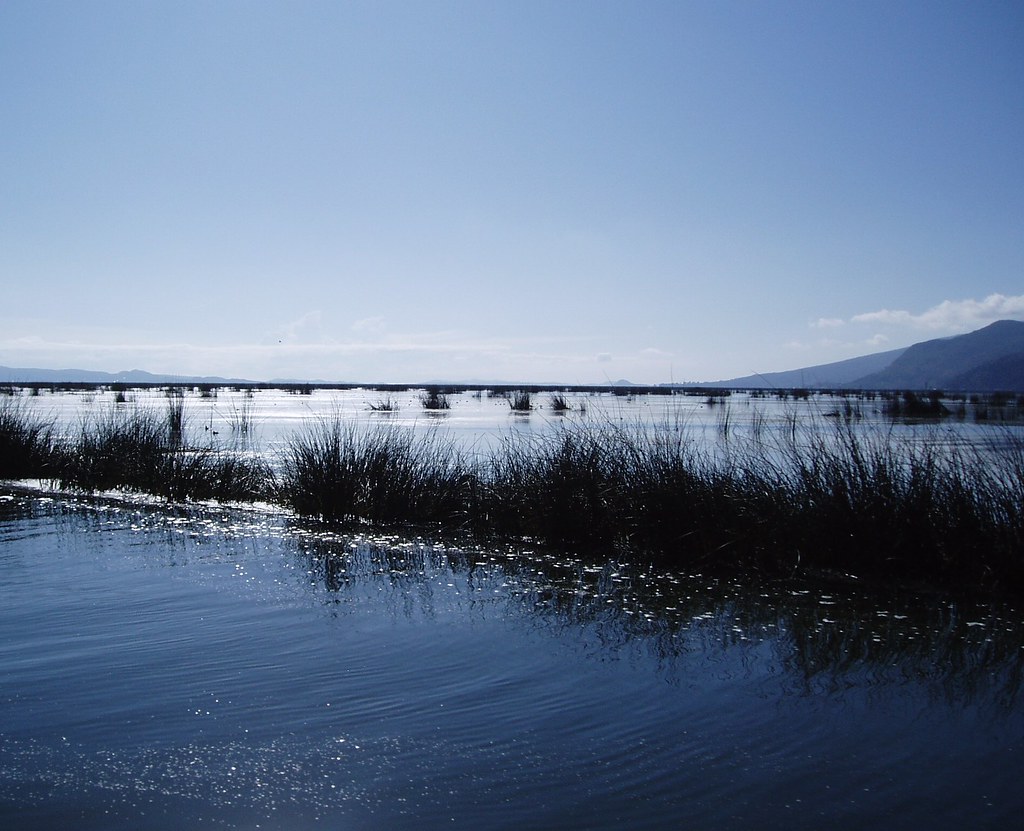


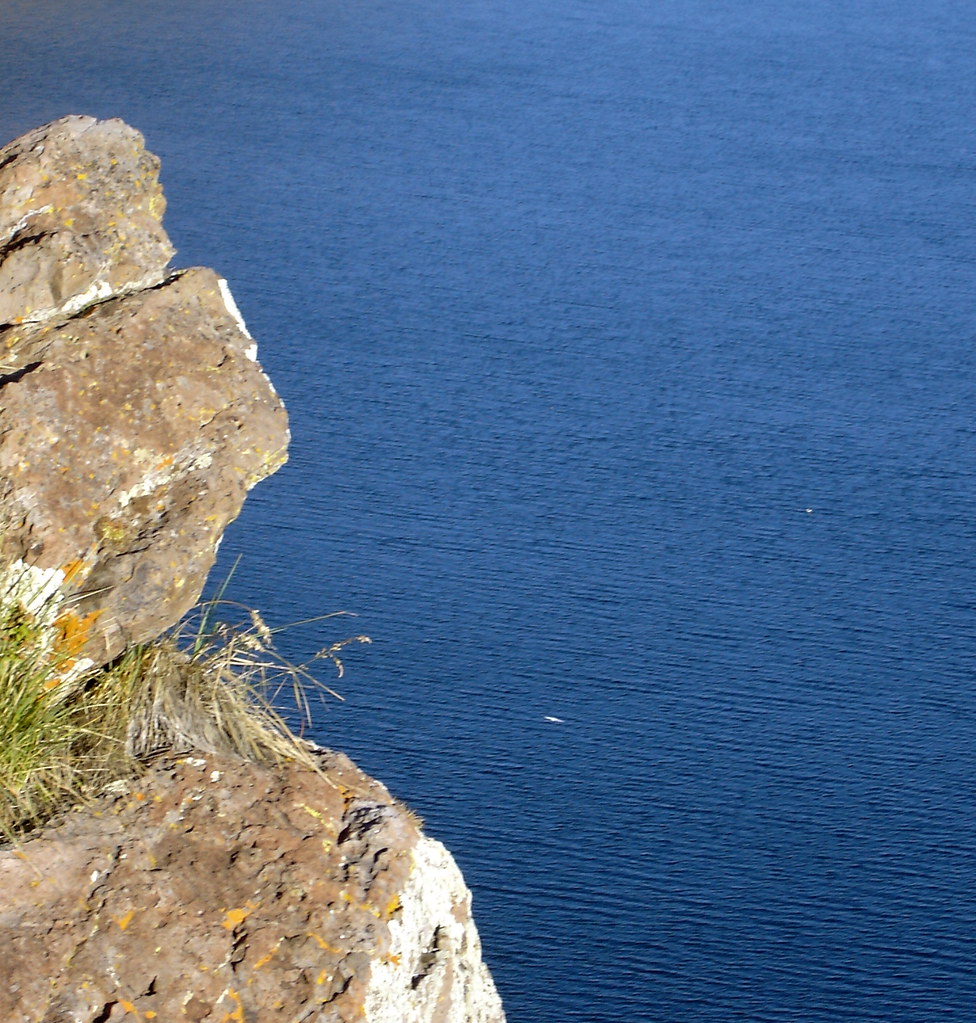

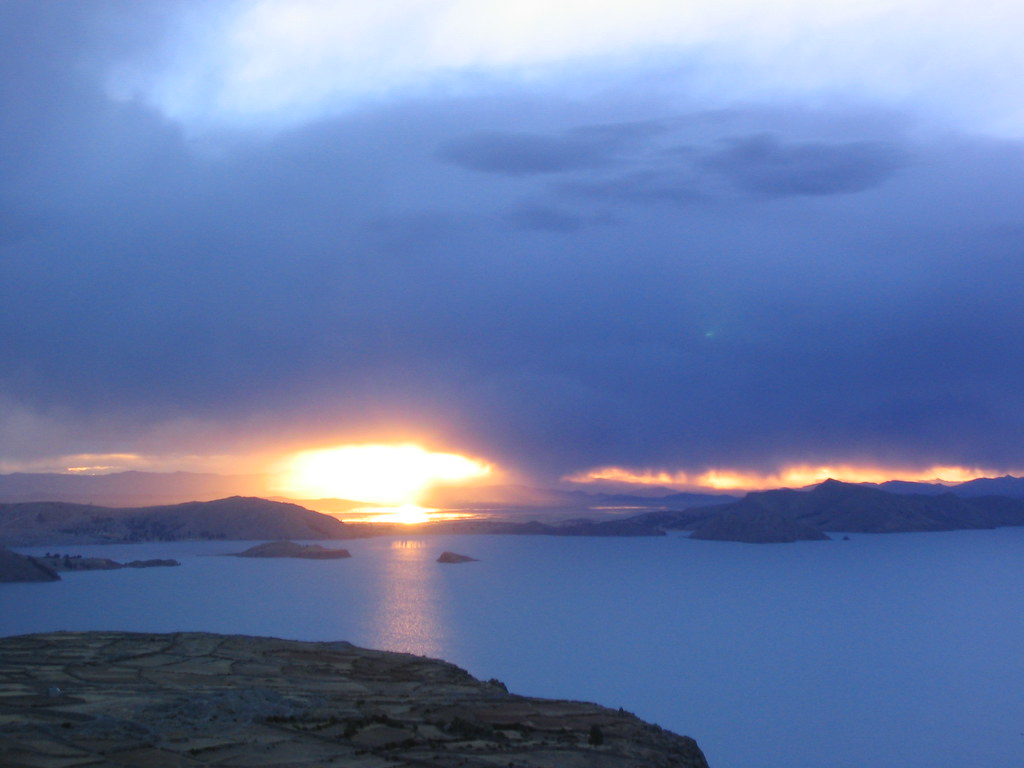



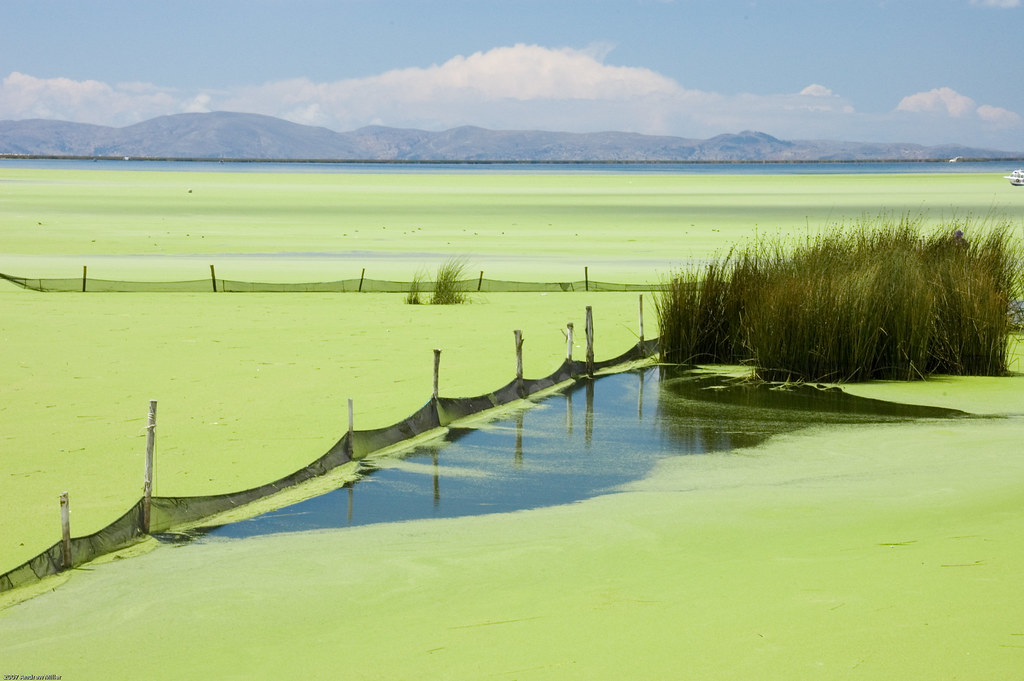

 The strength of the colours will never escape your memory, red, green and white. The Dades Gorge has a fairy-tale feeling — just after you leave the rather dull Boumalne du Dades, the mountain closes up on both sides of you, before it opens again and you are in a world where the grass is greener, the soil redder and houses nicer.
The strength of the colours will never escape your memory, red, green and white. The Dades Gorge has a fairy-tale feeling — just after you leave the rather dull Boumalne du Dades, the mountain closes up on both sides of you, before it opens again and you are in a world where the grass is greener, the soil redder and houses nicer. The drive through the Dades Valley will not lead you to any landmarks, but there is a mind-bending drama in catching how life conditions change quickly as you and your vehicle slowly rise in altitude, and as the valley gets more and more narrow.
The drive through the Dades Valley will not lead you to any landmarks, but there is a mind-bending drama in catching how life conditions change quickly as you and your vehicle slowly rise in altitude, and as the valley gets more and more narrow.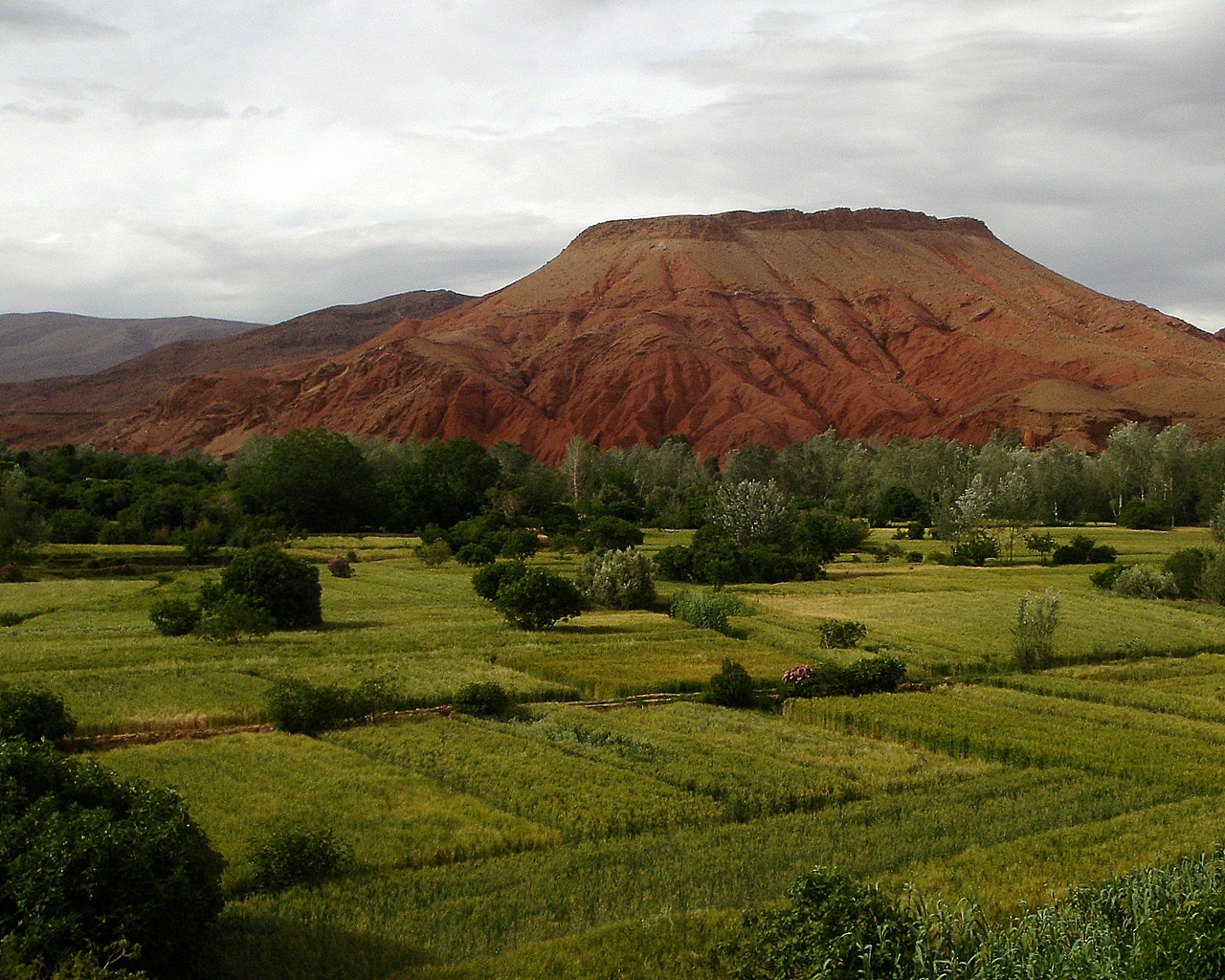 At Aït Oudinar, about one hour from Boumalne du Dades the nature changes dramatically. The mountain and the stones lose their red colour, and the valley narrows to a gorge. Most travellers turn around here, as the continuation will lead you through landscapes which are less unique than the Dades Valley and the road becomes hard to pass for normal cars.
At Aït Oudinar, about one hour from Boumalne du Dades the nature changes dramatically. The mountain and the stones lose their red colour, and the valley narrows to a gorge. Most travellers turn around here, as the continuation will lead you through landscapes which are less unique than the Dades Valley and the road becomes hard to pass for normal cars.
